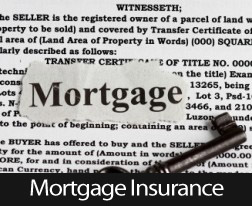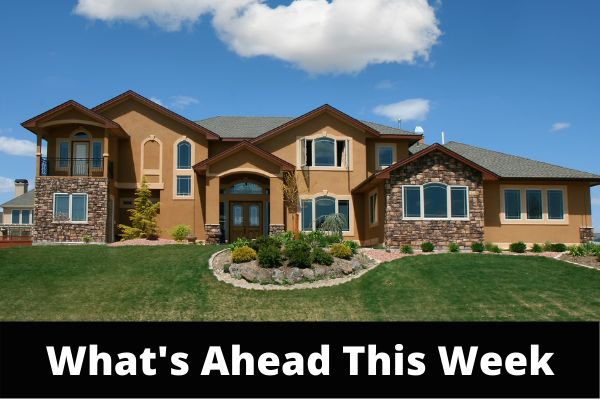An Overview Of Private Mortgage Insurance
 When you are going through the process of looking for a new home, you are probably focused on the sticker price of that home. Even though it is important to think about your down payment, your monthly mortgage payment, and the total amount of the loan, there are other expenses that you might need to cover as well. If you do not put down enough money, there is a chance that the lender could ask you to pay for something called private mortgage insurance. What is private mortgage insurance and how much do you have to pay? There are several important points that you should keep in mind.
When you are going through the process of looking for a new home, you are probably focused on the sticker price of that home. Even though it is important to think about your down payment, your monthly mortgage payment, and the total amount of the loan, there are other expenses that you might need to cover as well. If you do not put down enough money, there is a chance that the lender could ask you to pay for something called private mortgage insurance. What is private mortgage insurance and how much do you have to pay? There are several important points that you should keep in mind.
Why You Might Purchase PMI
Private mortgage insurance is something that the lender may ask you to purchase as a way to reduce their risk. If you do not make a sizable down payment, then the lender is responsible for funding most of the cost of your home. If you end up defaulting on the cost of that loan, the lender will lose a major amount of money. With PMI, the lender will be able to get his or her money back in the event that you default. Even though the exact cost of PMI will vary, you should expect to pay somewhere between 0.5 percent and 2 percent of the loan. You might be able to ask the lender to check with multiple options to find the least expensive policy possible for you. Once the PMI policy is instituted, this is something that you will have to pay on top of your monthly mortgage payment.
Avoiding PMI Payments
Importantly, there are ways that you can avoid PMI. You might be able to avoid this insurance policy altogether if you are able to increase the size of your down payment. If you cannot do that, the PMI policy will usually be canceled when you reach a certain threshold in equity. This is something that you should negotiate with the lender before you sign on the dotted line. In some cases, the PMI policy as waved when you reach 10 percent of the loan amount paid back. Even though you should check with a professional accountant, PMI is likely tax-deductible, similar to mortgage insurance.

 Last week’s economic news included Commerce Department readings on construction spending, labor sector reporting on public and private-sector job growth, and the national unemployment rate. Weekly reports on mortgage rates and jobless claims were also released.
Last week’s economic news included Commerce Department readings on construction spending, labor sector reporting on public and private-sector job growth, and the national unemployment rate. Weekly reports on mortgage rates and jobless claims were also released. Finding a proper mortgage loan and understanding the processing procedures behind the loan is the basis of good research. The down payment on a mortgage loan is typically significant when dealing with mortgage insurance.
Finding a proper mortgage loan and understanding the processing procedures behind the loan is the basis of good research. The down payment on a mortgage loan is typically significant when dealing with mortgage insurance.